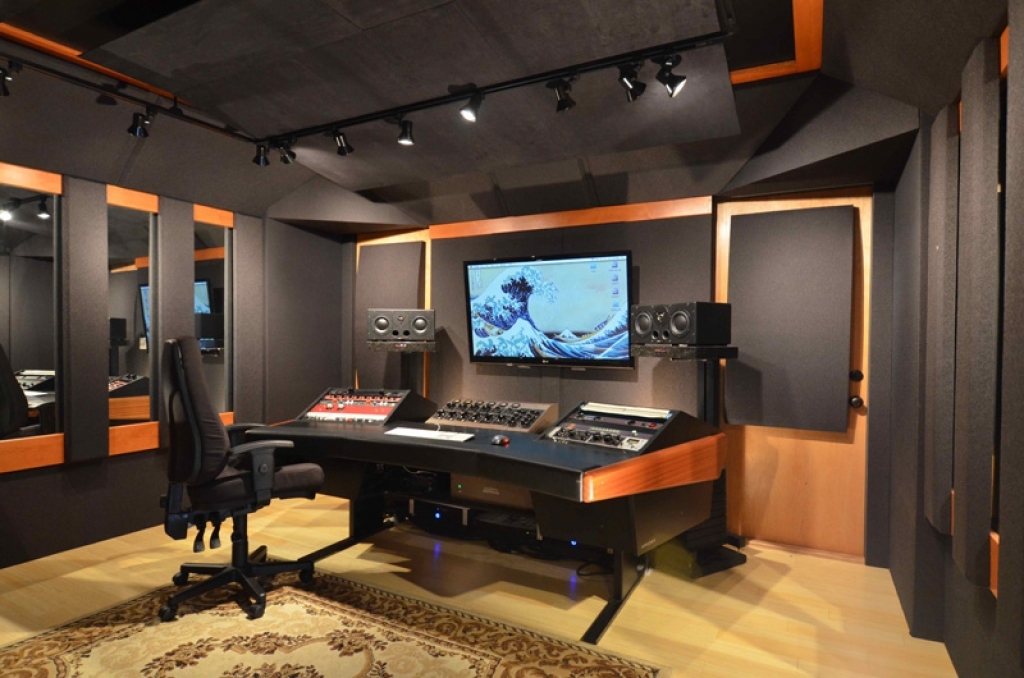
Introduction
Crafting your creative space is essential for any artist or creative individual looking to maximize their potential and productivity. In this article, we’ll explore the essentials of home studio design, providing you with valuable insights and practical tips to create a workspace that inspires creativity and fosters innovation. From layout and organization to lighting and decor, we’ll cover everything you need to know to design the perfect home studio for your artistic endeavors.
Optimizing Layout and Organization
The layout and organization of your home studio play a crucial role in maximizing efficiency and productivity. Start by assessing the available space and determining how best to allocate it for different activities, such as drawing, painting, or crafting. Consider factors such as workflow, accessibility, and storage needs when planning your studio layout, and aim to create a functional and ergonomic workspace that allows you to move freely and work comfortably.
Prioritizing Natural Light
Natural light is essential for creating a bright and inviting atmosphere in your home studio. Whenever possible, position your workspace near windows or other sources of natural light to maximize daylight exposure. Natural light not only enhances visibility and reduces eye strain but also boosts mood and energy levels, promoting a sense of well-being and creativity. If natural light is limited, consider supplementing with artificial lighting options like task lamps or overhead fixtures to ensure adequate illumination throughout your studio.
Choosing the Right Furniture and Equipment
Selecting the right furniture and equipment is essential for creating a comfortable and functional home studio. Invest in quality, ergonomic furniture that supports good posture and provides ample workspace for your creative endeavors. Consider adjustable-height desks or tables that allow you to work sitting or standing, depending on your preference. Additionally, equip your studio with essential tools and equipment specific to your artistic medium, such as easels, drafting tables, or sewing machines, to facilitate your creative process and enhance productivity.
Creating an Inspiring Atmosphere
Creating an inspiring atmosphere is key to fostering creativity and motivation in your home studio. Personalize your space with artwork, decor, and objects that inspire and energize you, such as photographs, paintings, or motivational quotes. Choose a color scheme that reflects your personality and aesthetic preferences, and incorporate elements of nature, such as plants or natural materials, to bring a sense of tranquility and vitality to your studio environment. By surrounding yourself with things that inspire and uplift you, you can create a space that nurtures your creativity and fuels your artistic passion.
Embracing Versatility and Flexibility
Versatility and flexibility are essential qualities of a well-designed home studio. Design your space to accommodate a variety of creative activities and adapt to changing needs and preferences over time. Invest in modular furniture or storage solutions that can be easily reconfigured to suit different tasks or accommodate new tools and equipment as your interests evolve. Additionally, consider incorporating movable or collapsible elements, such as folding tables or portable storage carts, to maximize space and flexibility in your studio layout.
Managing Clutter and Distractions
Clutter and distractions can hinder creativity and productivity in your home studio. Implement effective organization systems and storage solutions to keep your workspace tidy and free of clutter. Designate specific areas or containers for storing tools, materials, and works in progress, and establish daily or weekly routines for tidying up and decluttering your studio space. Additionally, minimize distractions by creating a dedicated work zone free from unnecessary noise, interruptions, or electronic devices that can disrupt your focus and concentration.
Promoting Comfort and Well-being
Promoting comfort and well-being is essential for maintaining creativity and productivity in your home studio. Invest in comfortable seating, supportive flooring, and adequate ventilation to create a pleasant and ergonomic workspace that prioritizes your physical health and comfort. Take regular breaks to stretch, hydrate, and rest your eyes to prevent fatigue and burnout, and incorporate elements of self-care, such as soothing music or aromatherapy, to promote relaxation and mental wellness during long creative sessions. By prioritizing your comfort and well-being, you can sustain your creative energy and passion for your artistic pursuits in the long term.
Conclusion
Crafting your creative space is an ongoing process that requires careful planning, experimentation, and adaptation to suit your unique needs and preferences as an artist or creative individual. By optimizing layout and organization, prioritizing natural light, choosing the right furniture and equipment, creating an inspiring atmosphere, embracing versatility and flexibility, managing clutter and distractions, and promoting comfort and well-being, you can design a home studio that enhances your creativity, fosters innovation, and brings your artistic vision to life. Read more about home studio design
